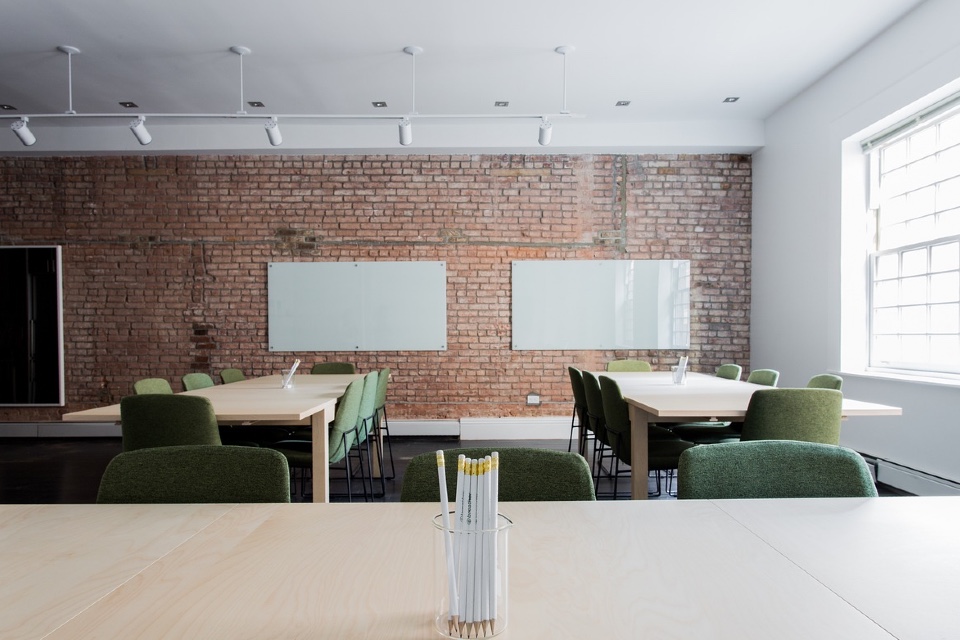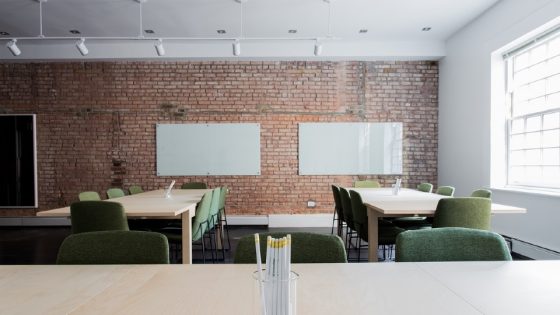Whether it’s a small primary school or a large college campus, selecting the right furniture plays a pivotal role in creating a conducive learning environment. This primer outlines key considerations when procuring new furniture for educational institutions…
1. Comfort and Ergonomics: Comfort should be a top priority when selecting school furniture. Ergonomic designs support good posture, reduce fatigue and can even improve students’ concentration. Consider adjustable chairs and desks that can cater to a range of sizes and ages.
2. Durability and Quality: Schools and colleges are high-traffic environments where furniture undergoes heavy use. Prioritise high-quality, durable materials that can withstand wear and tear. While it might be tempting to opt for cheaper alternatives, investing in quality can save money in the long term by reducing replacement costs.
3. Safety: Safety is paramount in an educational setting. Ensure that furniture has rounded edges, stable structures, and non-toxic finishes. For science labs or workshops, additional safety features may be required, such as heat-resistant countertops or lockable storage units.
4. Functionality and Flexibility: The learning environment in schools and colleges is dynamic. Choose versatile furniture that caters to different teaching methods and learning styles. Mobile chairs and tables, modular units, and furniture with storage can allow for flexibility and efficient use of space.
5. Aesthetics and Environment: The aesthetic of an educational space can influence students’ moods and motivation. Opt for visually appealing furniture and consider the psychological impact of colours. Moreover, natural light, plants, and access to outdoor views can enhance the learning environment.
6. Sustainability: With growing emphasis on environmental consciousness, consider furniture made from sustainable materials or manufacturers who adhere to green manufacturing processes. This not only reduces your environmental impact but can also be an excellent teaching point about sustainability for students.
7. Cost: While cost is a significant factor, it should not compromise quality, comfort, and safety. Consider the lifecycle cost of the furniture, which includes the purchase price, maintenance costs, and expected lifespan.
8. Supplier Reputation: Finally, check the reputation of the furniture supplier. They should have positive reviews, good customer service, and a solid warranty. Local suppliers can provide better after-sales service and quicker delivery.
By keeping these considerations in mind, educational institutions in the UK can make informed decisions when procuring furniture. The right choices can positively impact students’ wellbeing, engagement, and academic performance, making the investment well worth it.
Are you looking for furniture solutions for your educational institute? The Education Forum can help!






Leave a Reply